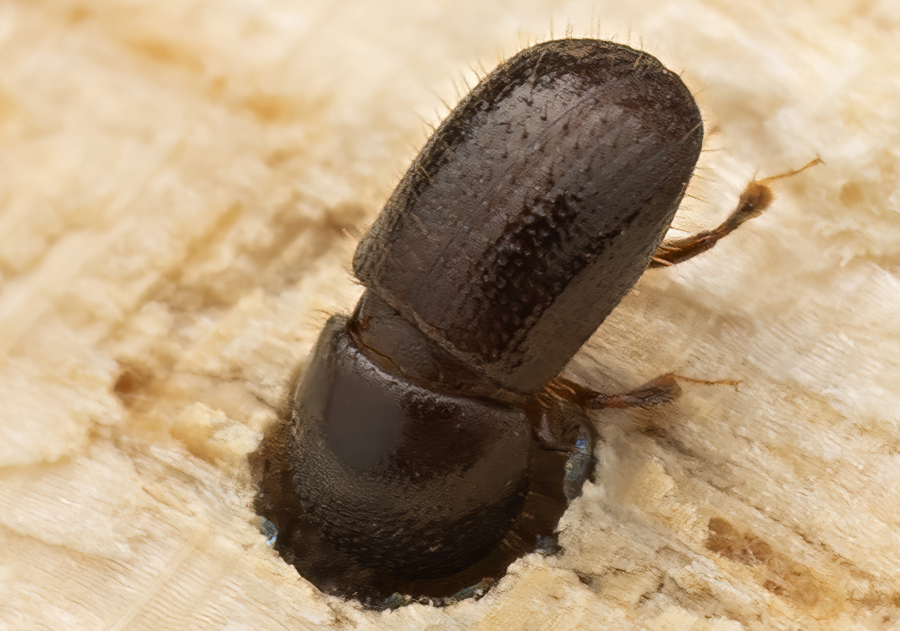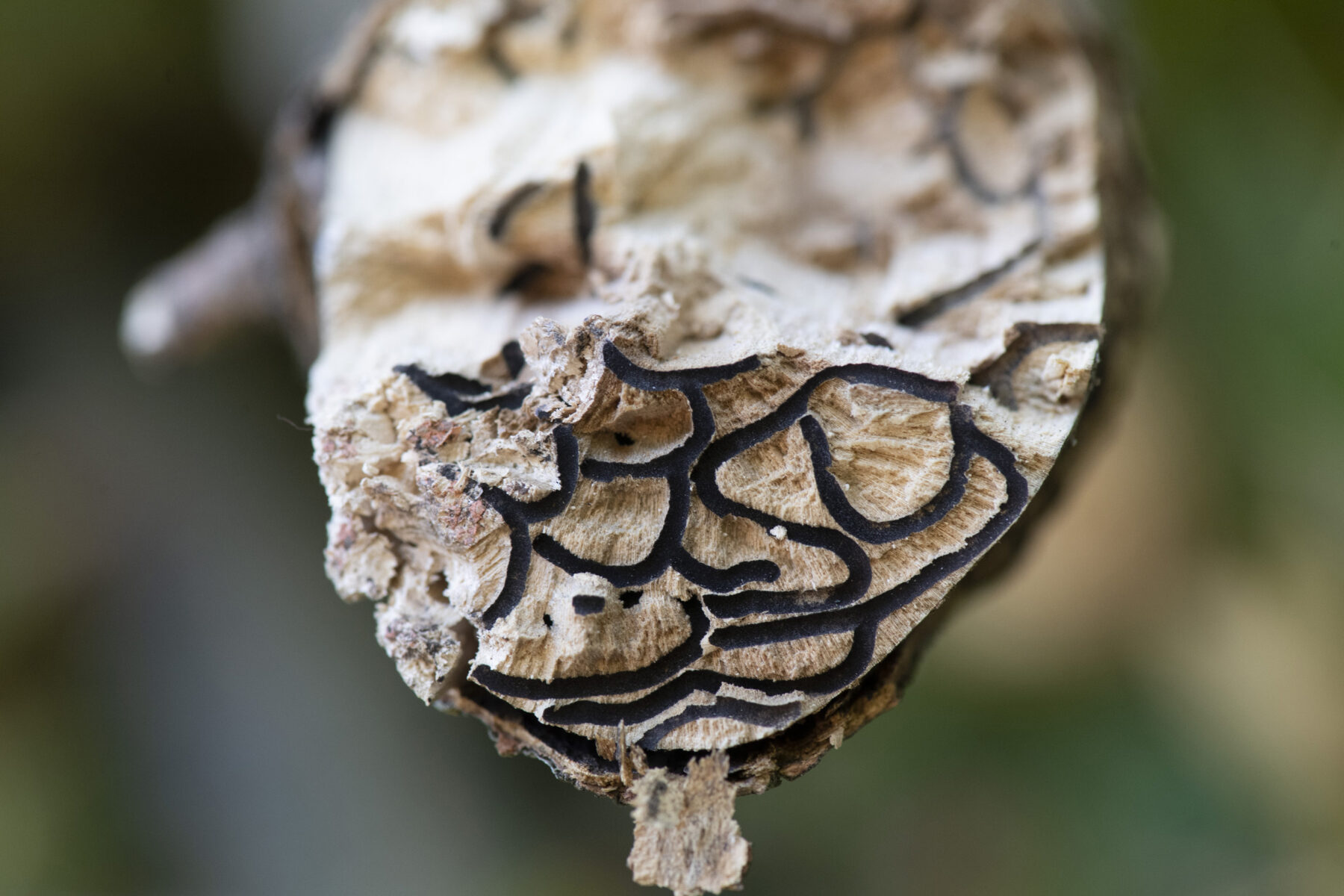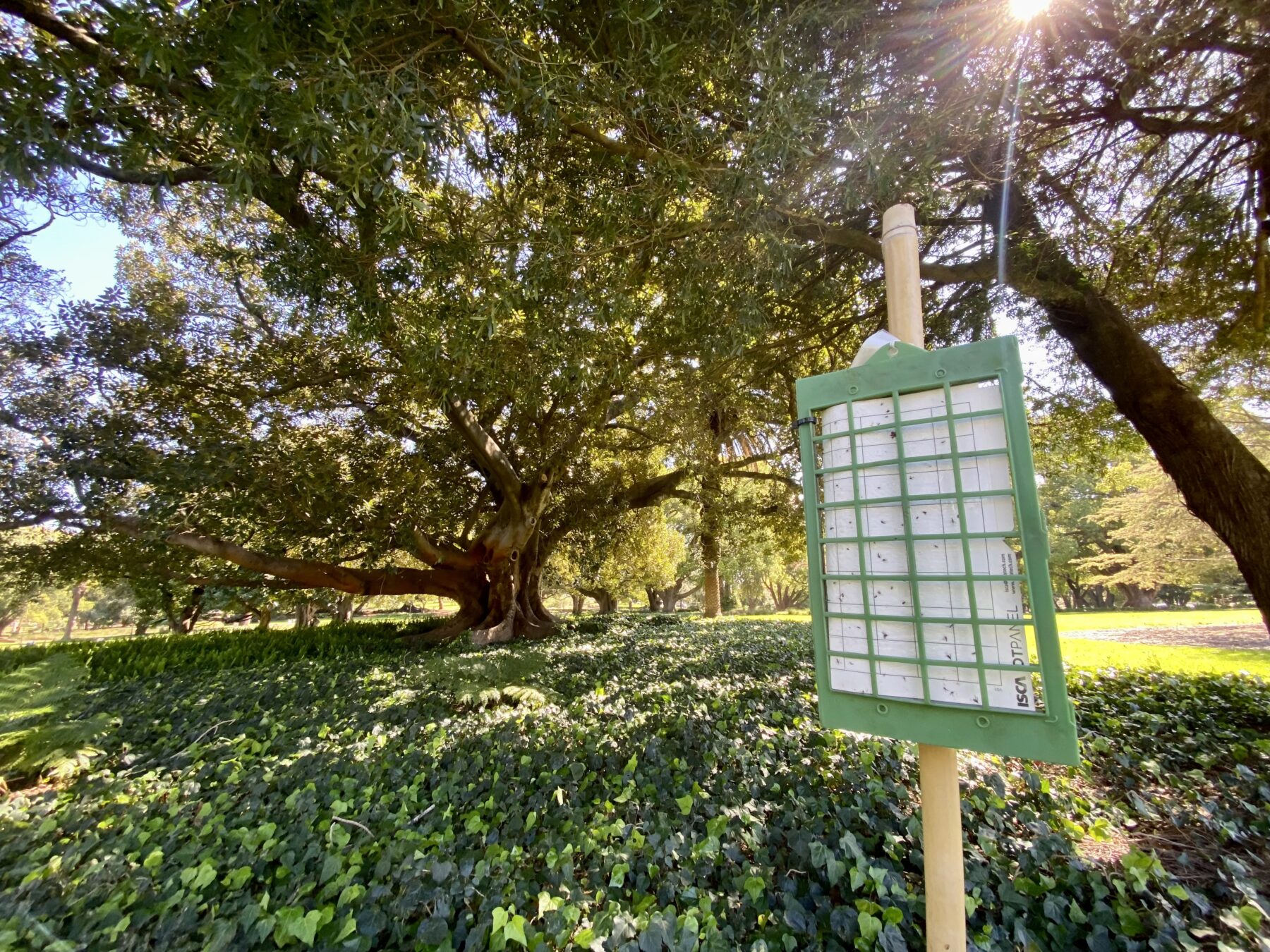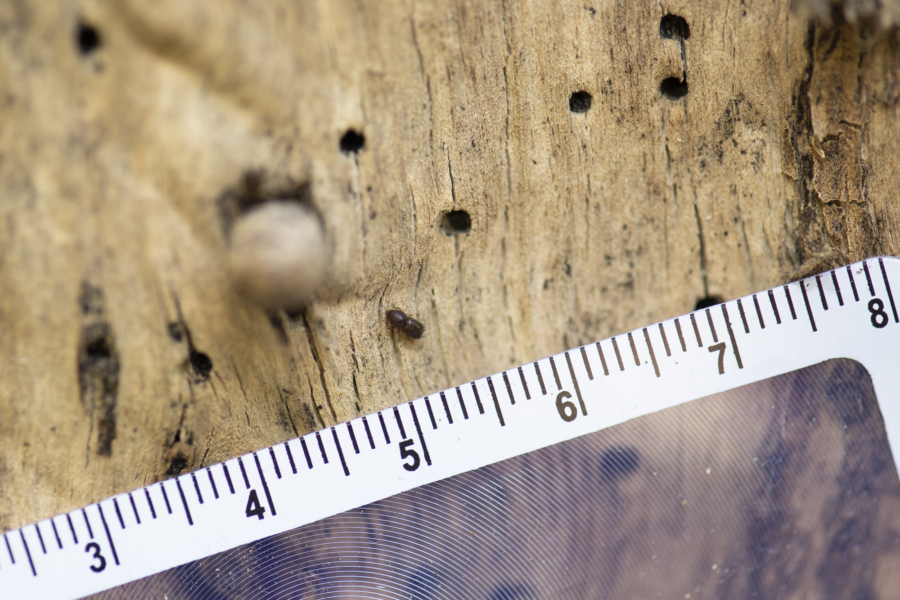Australia gives up on eradicating devastating wood-boring beetle

The strategy to eliminate the polyphagous shot hole borer (PSHB) from Western Australia’s capital, Perth, has failed. The focus will instead shift to limiting its spread.
After national, state and territory governments contributed to what was described as an “unprecedented biosecurity response” to the outbreak of the Southeast Asian beetle, the WA Government’s National Management Group recently changed the response from ‘eradicate’ to ‘manage’.
WA’s Department of Primary Industries and Regional Development’s (DPIRD) Mia Carbon listed two factors behind the National Management Group’s decision. In addition to the current lack of effective chemical treatments, she said there was also “difficulty in detecting and controlling new borer infestations at an early stage before the pest can reproduce”.

Considerations around the future of current quarantine zones in place across metropolitan Perth are likely to be made as part of the transition.
The PSHB (Euwallacea fornicatus), which was first detected in Perth almost four years ago, ultimately kills the trees it makes its home.
Dieback occurs in response to a fungus the beetle farms in a symbiotic relationship that helps them tunnel through trunks and branches. Given there is no effective chemical treatment to kill PSHB, most infested trees have been cut down and chipped, while another 1000 have had limbs removed.
Beyond Perth
Other states and territories where control measures are in place in the hope of keeping the PSHB out will also have to factor in the changed approach.
James Trezise, Biodiversity Council Australia’s director, previously told Australian Geographic spread beyond the WA capital would be a “scary scenario.” He said the PSHB could “transform” natural environments and cause a gradual decline in the health of ecosystems.
Trials of chemical treatments have been supported by DPIRD, including at The University of Western Australia (UWA), in which Bruce Webber – adjunct professor in the School of Biological Sciences – is involved.
“It’s unfortunate they took so long to get underway, and they need to go through peer review before we reach firm conclusions, but the results are looking promising,” Webber told Australian Geographic.
“Whether or not chemical treatments on their own would change the course of an eradication program, the jury is out, but they add an extra tool to the control toolbox.”

Webber said the PSHB not only poses a threat to suburban tree canopies, as evidenced in Perth, but could also impact agricultural industries and native bushland.
“Mangoes, avocados, pears, and probably to a lesser extent – we don’t know – the macadamia industry are all likely to be heavily impacted,” he said.
“We don’t know thresholds for how much impact is too much to make those industries unviable…or the full extent of the impact on our native forests in WA or anywhere else. That really needs to be brought into it, and the best way is to have a cost-benefit analysis done to understand how much we are spending managing this infestation, against the potential impacts of the infestation.”
Webber said he wants to see national discussions about the broader impacts of the beetle for a well-thought-out transition to management to occur.
“We’re keen to see a greater focus on what happens once this pathway rolls beyond the 18-month period. That’s the most concerning part.”


